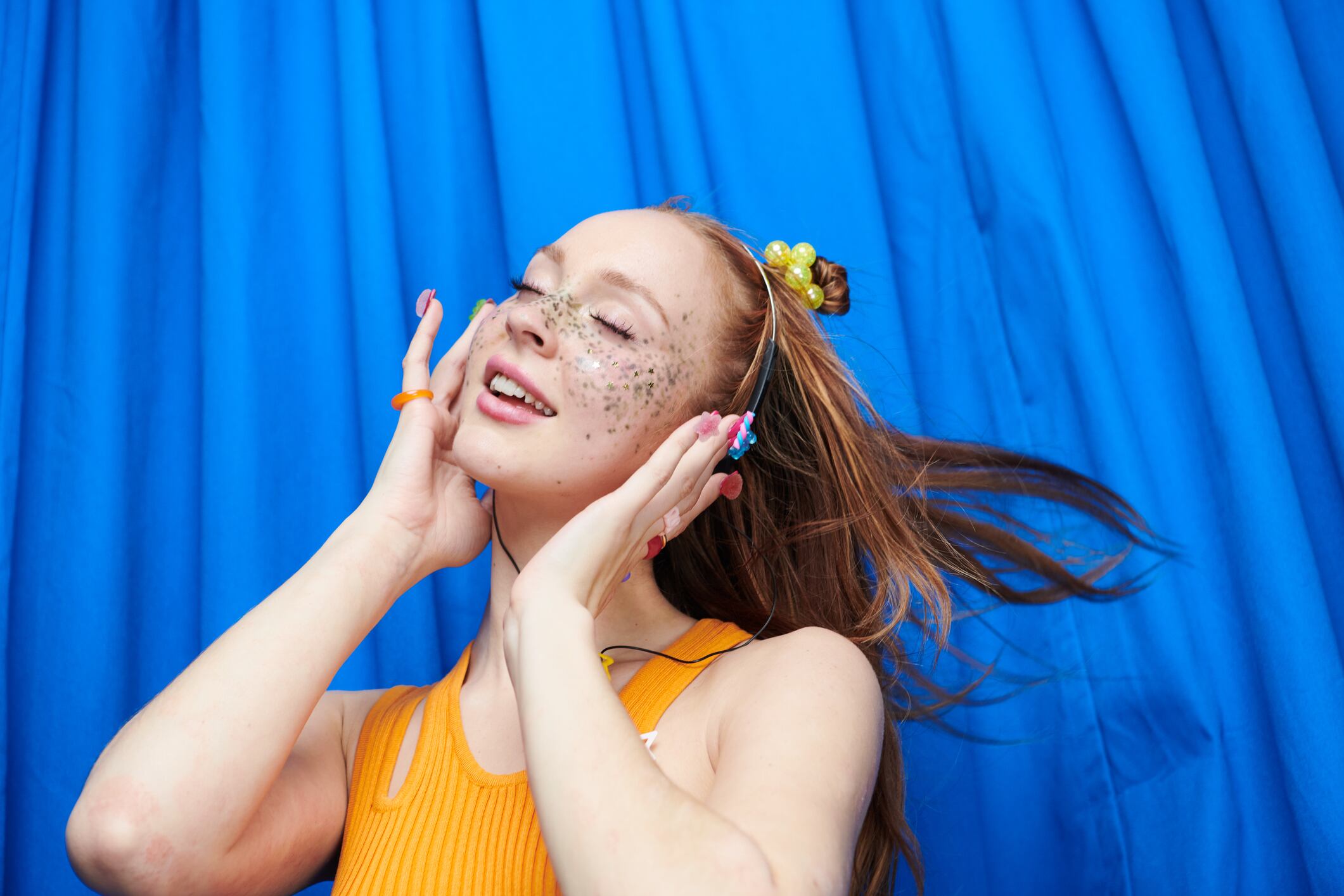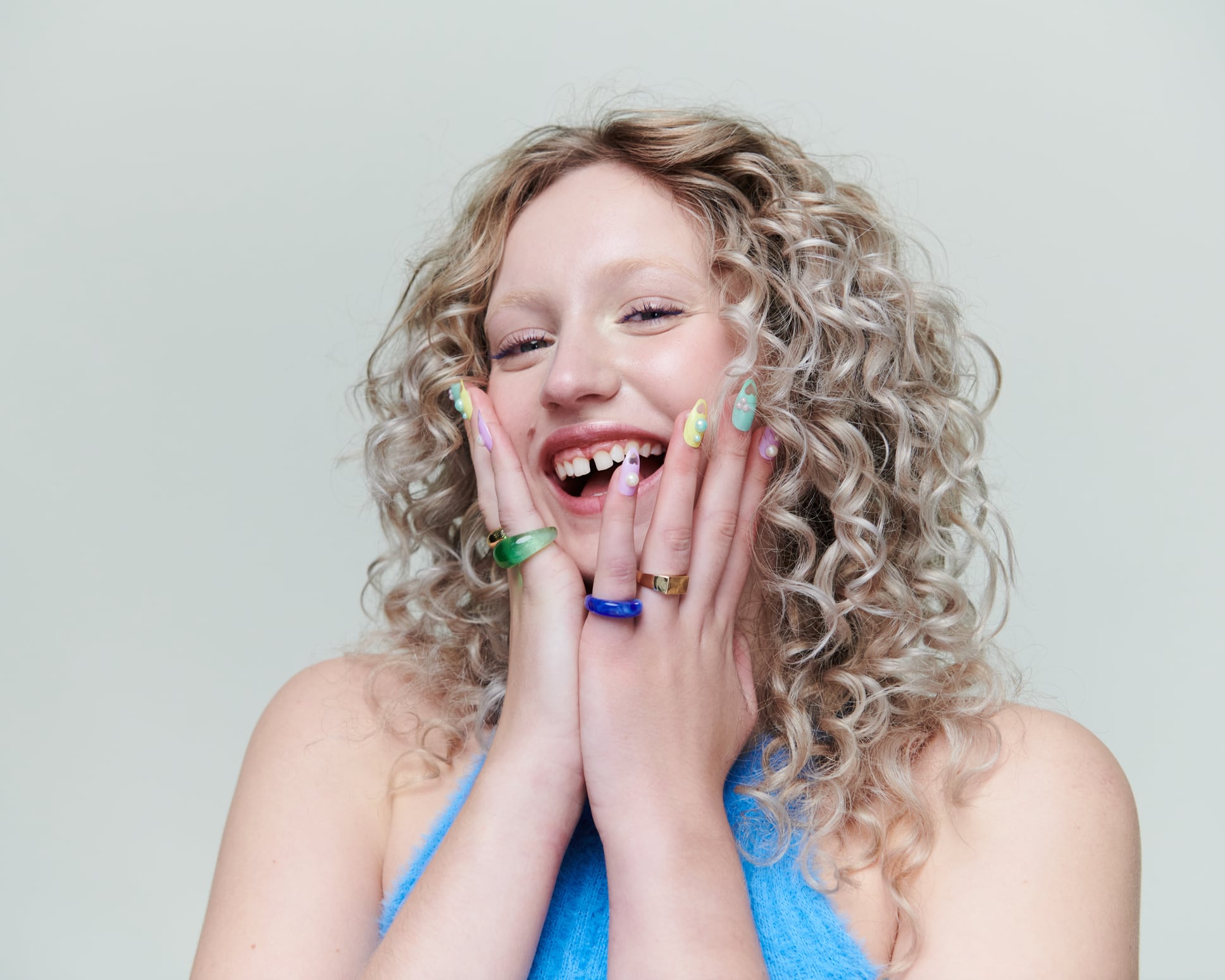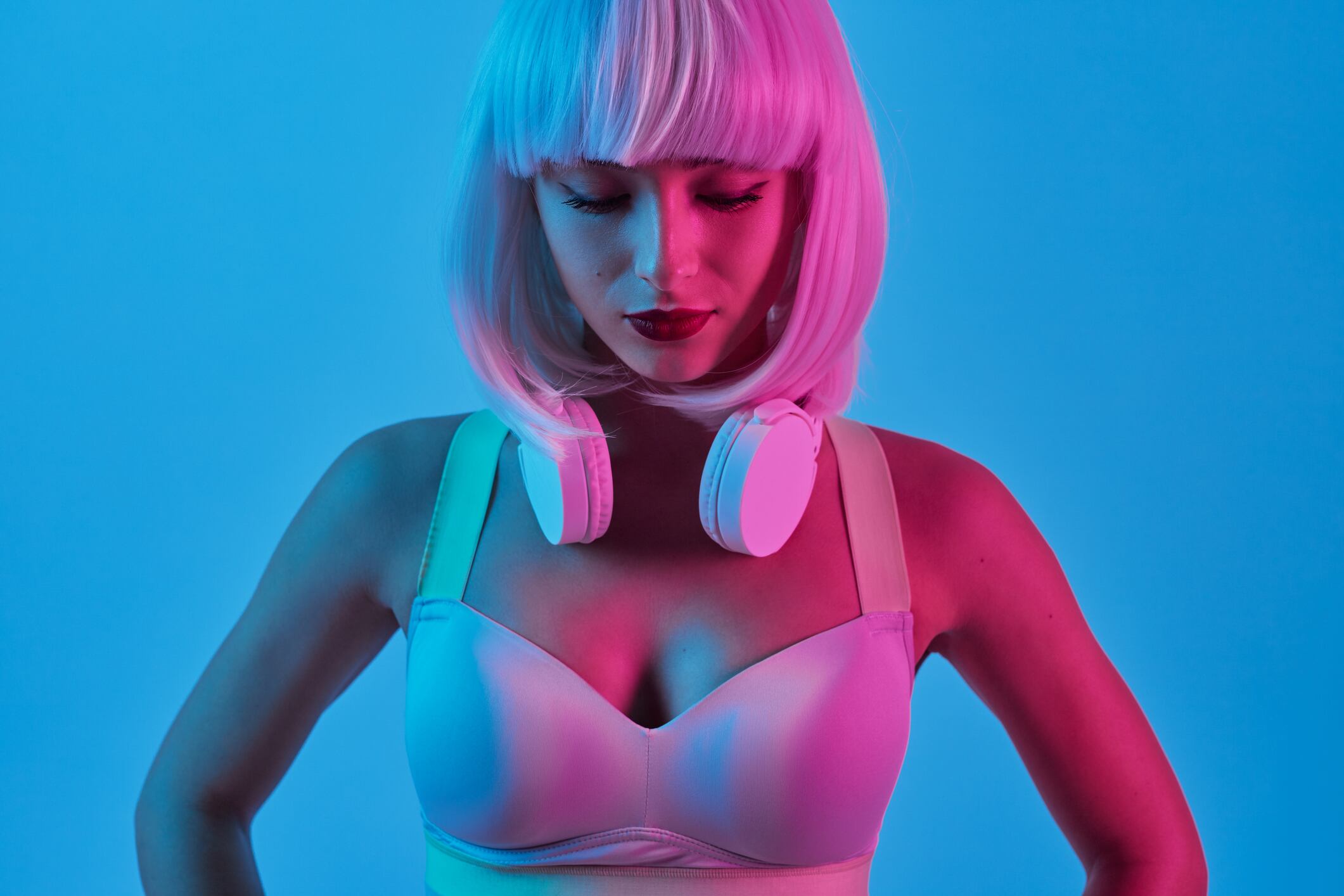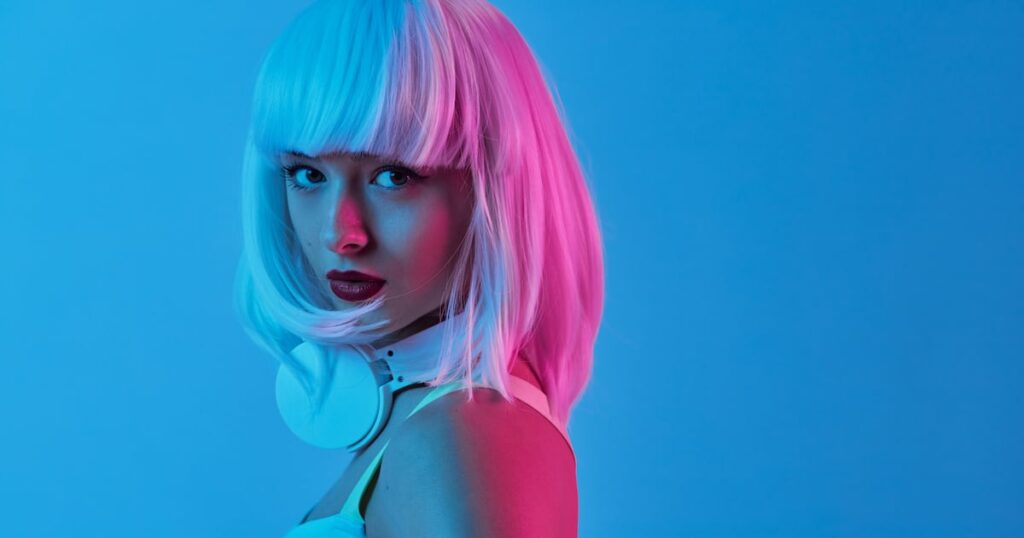Key takeaways
- According to Mintel, beauty products will evolve into diagnostic tools, reflecting inner health and merging with wellness tech.
- Emotional wellness will drive sensory-first product design, with immersive experiences becoming central to beauty routines.
- Consumers will favour authenticity over perfection, embracing flawed, expressive, and emotionally rich beauty narratives.
The market intelligence firm Mintel has today unveiled its annual global beauty trends report, and according to the business, consumers in the coming years will expect serums and supplements to double as wellness diagnostics. Simultaneously, the beauty experience will evolve from delivering visible results to regulating mood and evoking emotion, while imperfection will become the new ideal.
Here we break down each trend and speak to Mintel’s Director of Beauty & Personal Care Insights, Andrew McDougall, to find out what this means for beauty and personal care brands.
Trend 1: Metabolic Beauty
The first trend, Metabolic Beauty, signals a new era where health, technology, and personalisation converge.
While wellness culture and preventative care are well-established concepts, the focus on cellular health and the integration of advanced technologies are reframing these ideas as scientific realities.
According to Andrew McDougall, Mintel’s Director of Beauty & Personal Care Insights, 2026 will mark a tipping point in the fusion of beauty and health, driven by consumers’ growing emphasis on holistic wellness.
“Advances in biomarker testing, metabolic monitoring, and bio-intelligent tech are reaching mainstream accessibility, enabling tailored solutions for energy, hydration, and cellular repair,” he said. “This convergence of innovation and demand makes this year pivotal for wellness-driven beauty.”
Mintel predicts that by 2030, skin and hair will be recognised as the body’s most accessible biomarkers. Beauty brands will compete with health and wellness providers as trusted gatekeepers of preventative care. Moisturisers, serums, and supplements will no longer be seen as indulgent cosmetic enhancers, but as diagnostic tools reflecting inner health – reframing beauty purchases as personalised, proof-driven ‘insurance’.
Trend 2: Sensorial Synergy
The second trend, Sensorial Synergy, centres on consumers’ increasing need for emotional wellness, which will drive a sensory revolution in beauty.
McDougall explained that although beauty products have always had multisensory elements, these have traditionally been secondary to efficacy. Now, the experience will take precedence, with sensory stimulation becoming the primary driver of purchase.
“The heightened need for emotional wellness makes 2026 the perfect moment for beauty’s sensory evolution,” he said. “Breakthroughs in functional fragrances, neuroscience, and immersive technologies like VR are ready to transform daily routines into rich, multi-sensory experiences. Increasing consumer focus on self-care rituals ensures these innovations resonate deeply now.”
Mintel forecasts that by 2030, beauty will be judged not only on results but also on its ability to regulate emotions and create memorable experiences.
“Sensory-first design will extend into travel, hospitality, and interiors, with products positioned as daily mood tools,” McDougall added. “Brands that thrive will shift from clinical efficacy to experiential storytelling.

Trend 3: Beyond the Algorithm: The Human Touch Revolution
The third trend, Beyond the Algorithm: The Human Touch Revolution, predicts a consumer shift towards beauty that feels human, expressive, emotionally authentic – and even flawed.
McDougall described this as a backlash against the past decade’s obsession with algorithmic perfection, filters, AI-generated content, and hyper-polished marketing.
“Imperfection and artistry create unparalleled emotional resonance, driving a new form of authenticity in beauty,” he said. “The shine is wearing off algorithmic perfection and consumer fatigue is setting in. Consumers are turning toward beauty that feels human, expressive, emotionally real and even flawed.”
This isn’t a rejection of technology, but a recalibration that celebrates human creativity as the ultimate luxury – using tech to enhance, not overshadow, the personal and authentic aspects of beauty.
“Winners will embed authenticity into process and product, as well as messaging. Brands that thrive will be those that showcase their makers, processes, and flaws as proof of authenticity,” McDougall explained. “By 2030, the most valued beauty experiences will be those that feel unmistakably human, emotionally resonant, creatively rich and impossible to fake.”

What do these trends mean for the future of beauty?
We spoke to McDougall to learn more about how these three trends could impact the future of the industry.
CosmeticsDesign-Europe (CDE): Hi Andrew, the first trend prediction, Metabolic Beauty, discusses how beauty is entering a new phase where health, technology and personalisation converge. How do you think topical beauty products will fit into this? Is there a danger that people will increasingly use ingestible beauty and no longer want topical products?
Andrew McDougall (AM): Topical skin and hair care will remain indispensable – and become more “bio-intelligent.” The winning model is stackable care: topical actives that boost cellular resilience (e.g. NAD+ pathways, mitochondrial support, senolytic-inspired actives) paired with targeted ingestibles that address systemic drivers (sleep, stress, glycaemic control, micronutrients). Think synchronised protocols: AM/PM topicals calibrated for barrier function and energy utilisation; ingestibles that modulate inflammation, oxidative stress, and hormonal rhythms.
Consumer behaviour shows they don’t abandon what delivers visible, tactile results – and topicals do that daily. Ingestibles unlock the ceiling; topicals make the benefits visible and felt. The brands that integrate both via diagnostics (at-home tests, wearables, skin imaging) will see higher adherence, better outcomes, and premium pricing power.
We won’t see substitution, but rather a sophisticated integration model. Topicals provide the immediate, tangible reinforcement (the sensory cue and visible glow) that is essential for habit formation. Ingestibles, which work on a longer, less visible timeline, lack this crucial feedback loop. The winning strategy combines them: ingestibles manage systemic health, while “bio-intelligent” topicals provide the daily, perceptible results that confirm the routine is working. This creates a powerful cycle of adherence, where the immediate gratification from topicals reinforces the long-term investment in ingestibles – overcoming the human tendency to discount future rewards.
CDE: Mintel is predicting that by 2030, skin and hair “will be recognised as the body’s most accessible biomarker.” Is this because it’s the most visible biomarker? Can you explain more about this?
AM: Yes, visibility is part of it, but the shift is bigger. Skin and hair are:
- Continuous: They change in response to sleep, stress, glucose variability, UV, hormones.
- Multivariate: Texture, TEWL, barrier lipids, erythema, pigmentation, scalp sebum, hair shaft integrity – all correlate with metabolic and inflammatory status.
- Measurable at scale: Phone-based imaging, portable lab-on-a-chip, and low-friction swabs make longitudinal tracking practical and privacy-preserving.
- Actionable: Results can directly calibrate product dose, texture, and regimen cadence in real time.
In other words, they’re the most scalable, consumer-acceptable ‘readout’ of inner health – bridging what you see with what you measure.
Skin and hair are the most accessible biomarkers because they make the invisible visible, turning abstract internal health data into concrete, personal feedback. This taps into the powerful psychological principle of cognitive fluency – it makes complex biological processes easier to understand and act upon. When a device or diagnostic swab translates a metric like ‘cellular stress’ into a tangible score for ‘skin resilience’ or ‘hair density,’ it provides a clear cue, action, and reward. This creates a tight feedback loop that drives behaviour change far more effectively than abstract health advice, empowering consumers to connect their daily choices directly to measurable aesthetic outcomes.

CDE: This trend potentially straddles boundaries between cosmetics, nutraceuticals, and even pharmaceuticals. Do you think this will trigger more industry cross-collaboration?
AM: Yes, materially. As beauty spans cosmetics, nutraceuticals, diagnostics, and even preventive care, we’ll see:
Co-development between beauty brands, longevity clinics, and digital health platforms to validate outcomes and build compliant claims frameworks.
Ingredient pipelines flowing from biotech and life sciences (e.g. exosome-inspired delivery, senolytic concepts, microbiome modulators) into prestige and masstige.
Shared data standards and provenance tech (watermarks, digital passports) to protect IP, trials imagery, and before/after evidence in a deepfake era.
This is driven by consumer pull (demand for ‘clinically proven’ and ‘science-backed’) and by the need to translate lab biomarkers into visible, consumer-meaningful outcomes.
As people become more scientifically literate, they seek credible proof – a phenomenon amplified by attribution bias. They want to attribute their results to a specific, validated cause. This demand for proof forces collaboration between beauty brands, which excel at consumer experience, and biotech or digital health firms, which provide the diagnostic validation. A brand can claim its serum boosts mitochondrial function, but a co-branded diagnostic that tracks and proves that claim builds immense trust and justifies a premium price. This symbiotic relationship is the only way to satisfy consumers’ need for both experiential delight and evidence-based results.
CDE: For the second predicted trend, Sensorial Synergy, Mintel has stated that “Brands that thrive will shift from clinical efficacy to experiential storytelling.” Will efficacy no longer be as relevant to shoppers, or will brands need to cover both angles?
AM: In crowded categories, experiential storytelling is the growth lever that converts and retains. Neuroscience-backed sensorial design (functional scent, texture dynamics, haptics, sound identity) enhances perceived efficacy, adherence, and emotional loyalty. The formula needs to perform; the sensorial system gets people to use it consistently and talk about it.
Efficacy is non-negotiable. Experiential storytelling is what makes that efficacy memorable and drives loyalty. A consumer’s belief in a product’s effectiveness is profoundly influenced by the usage experience. This is known as the expectancy effect, where a positive sensory experience (a beautiful texture, a functional fragrance) enhances perceived results. The most successful brands will master both. They will deliver clinically proven results, but they will wrap that efficacy in a powerful sensory narrative. This approach leverages the ‘peak-end rule’, ensuring the most intense and final moments of the product interaction are highly positive – cementing a lasting emotional connection that goes beyond a simple INCI list.
CDE: Do you think this will play out in real life at brick-and-mortar stores and pop-ups, rather than online? Or in both places?
AM: It will play out in both, creating a connected ‘sensory ecosystem’. Brick-and-mortar is where brands can create unmissable, high-intensity experiences; think of it as priming. The ‘mere-exposure effect’ tells us that positive, repeated sensory encounters in-store build familiarity and preference.
Online, the challenge is to translate those sensory cues digitally. We will see this through hyper-realistic visuals, ASMR-inspired sound design in videos, and AI-driven tools that help consumers imagine a scent or texture. The goal is sensory congruence across all touchpoints. When the online story matches the physical experience and the at-home ritual, the brand’s identity becomes deeply embedded in the consumer’s memory, fostering powerful brand loyalty.
CDE: For Mintel’s third trend forecast, Beyond the Algorithm: The Human Touch Revolution, can you elaborate on what you mean by “human, expressive, emotionally real and even flawed”? Will beauty shoppers be actively showing off their imperfections in the upcoming years?
AM: This trend is a direct reaction to the cognitive overload and authenticity deficit created by AI-driven perfection. ‘Flawed’ doesn’t mean celebrating carelessness; it means valuing truthful, human-led creation. Consumers are fatigued by algorithmic sameness and are seeking signals of genuine human effort.
Brands will demonstrate this by showcasing artisanal markers – the slight irregularity in a hand-finished package, the unfiltered behind-the-scenes video. For consumers, this translates into celebrating their own authentic selves. It’s less about ‘showing off’ imperfections and more about rejecting the pressure to hide them. This aligns with identity signalling, where using products from a human-centric brand becomes a way to signal one’s values of authenticity, craft, and individuality.
‘Flawed’ doesn’t mean celebrating carelessness; it means valuing truthful, human-led creation.
Andrew McDougall, Mintel Director of Beauty & Personal Care Insights
CDE: Do you have anything else to add about the future of the beauty and personal care industry?
AM: The key takeaway is that technology is most powerful when it enhances human connection and experience – not when it replaces it. For brands, this means using AI to accelerate R&D and deliver hyper-personalisation behind the scenes, while leading with empathy, craftsmanship, and transparency at the consumer-facing level.
The future of beauty isn’t a battle between technology and humanity; it’s a partnership. The brands that understand this dynamic – that use AI to create better products and use human storytelling to make those products meaningful – will be the ones that build unshakable consumer trust and loyalty.


